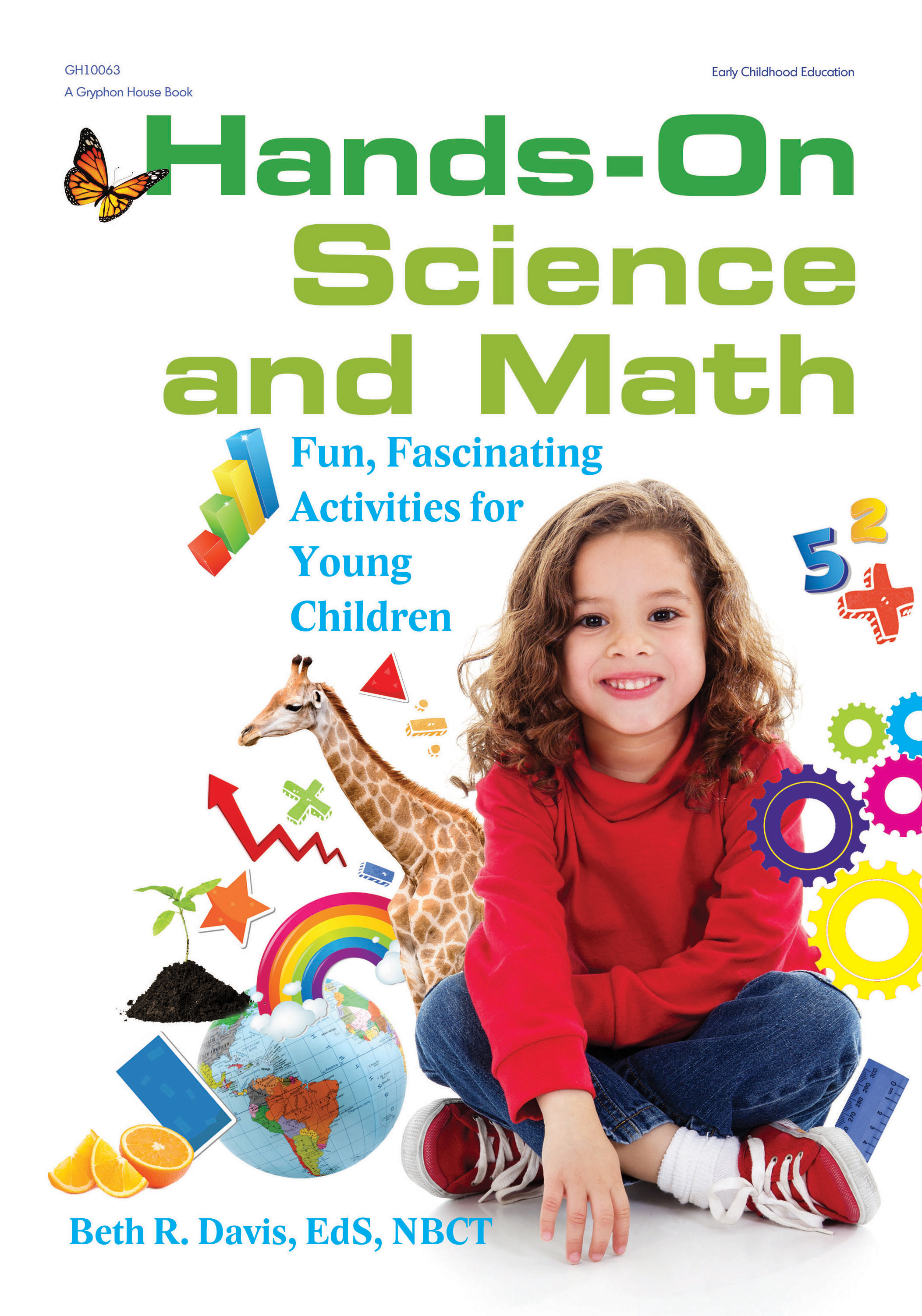Encourage curious young minds to go on an arctic exploration to discover how polar bears stay warm in frigid conditions with the use of blubber. This sensory science experiment provides children three years and up hands-on learning opportunities to investigate the science of cause and effect, temperature, and insulation. Children will experience the freezing temperatures by placing their hands in ice water. Next, they will place their hands into the (safely sealed) bag of shortening to feel how blubber provides insulation.
Here is what you will need:
- 2 Large Ziplock Bags
- Shortening
- Large Empty Tub
- Ice
Instructions
Set out several pictures of cows and talk to the children about cows. Ask the
children, "Where do cows live?"
2. Explain to the children that they will be making their own cow bells. Say,
"After we make our own special cow bells, then we can ring our cow bells to
the action rhyme."
3. Ask the children to choose a color
of ribbon for their bell.
4. Encourage the children to
decorate their cow bells and
ribbons by coloring or drawing
on them or adding stickers.
5. Help the children either tie the
cow bells to their wrists or just
tie the ribbon so they can hold
their bells.
6. Teach the children the action rhyme "Hey, Diddle, Diddle" and model how to
shake a cow bell to the beat of the rhyme.
Assessment
Consider the following:
* Do the children decorate their cow bells?
* Can the children shake their cow bells in time with the rhythm of the action
rhyme?
